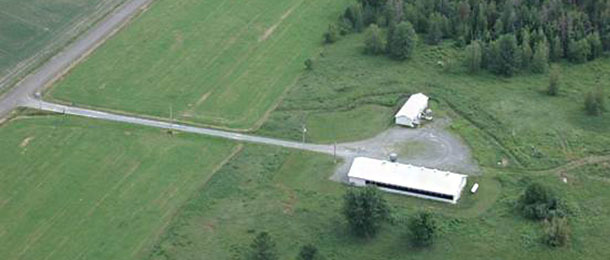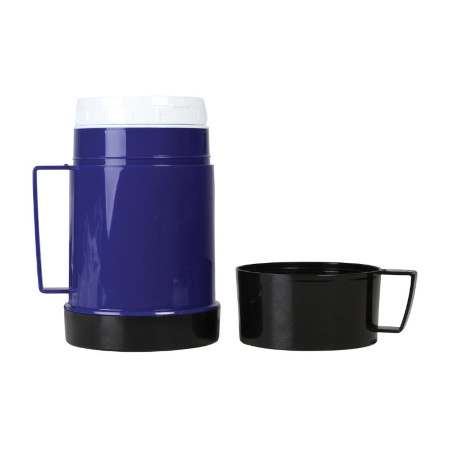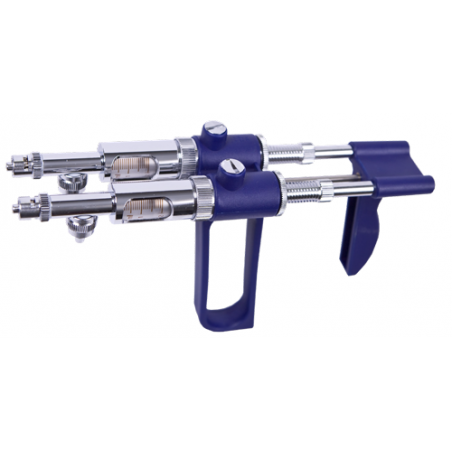Porcine reproductive and respiratory syndrome (PRRS) continues to be a costly disease affecting the swine industry worldwide. While veterinarians have developed a variety of strategies to control and eliminate the disease from pig herds, the risk of re-infection remains high even with the best current practices of management and biosecurity. After struggling with PRRS for almost 30 years, I have concluded that there are 10 non negotiables, which if respected, will allow us to wean PRRS virus (PRRSV) naïve piglets, which is the preamble for future elimination.
| 1. Adequate gilt acclimation |
| 2. PRRS negative semen |
| 3. Reduce viral circulation |
| 4. Effective biosecurity |
| 5. Routine sampling to classify farm/production areas |
| 6. Specific action planned based on clinical presentation, herd flow and diagnostics |
| 7. Animal flow, movement and transport |
| 8. Personnel training |
| 9. Real-time database |
| 10. Individual or regional program? |
Figure 1. Ten-non negotiables for PRRS control and future elimination

Gilt acclimation
The first and the most important condition at the beginning of PRRSV control program is to disrupt virus circulation in the reproductive herd. Naive gilts introduced into a PRRSV positive herd are susceptible to be infected with the virus. Also previously PRRSV exposed sows can also be susceptible to re-infection with antigenically heterologous strain of the virus. Therefore, gilt acclimatization, is the single most important and effective management scheme to control PRRSV infection. Preventing recirculation of the virus in the sow herd, and building solid and robust immunity against PRRSV is of utmost importance. Several investigators report that up to 15% of the adult population may remain seronegative 2 to 3 months after natural herd exposure to PRRSV. Persistent infection (defined as "the continued presence of a pathogen in a host beyond the acute symptomatic phase of infection”) has been detected up to 157 days after experimental infection in weaned pigs. Persistence in adult sows may be shorter (up to 135 days). If such animals shed the virus, naive or non-immune animals may become infected, resulting in irregular periods of virus circulation and clinical PRRS in the herd.

Then let’s talk about the importance of gilt acclimation to control PRRS in a herd. The first thing you need is a:
Quarantine basic rules
♦ Off site, isolated, and if possible implement air filtration (as not to infect your own herds or your neighbours)
♦ Key factors
- Acclimate gilts at a very young age to allow time for viremia and persistence to end.
- Introduce several different age groups at the same time. My recommendation would be from 3-4 to 16-17 weeks of age.
- If possible always introduce naïve gilts, if not follow the same suggestions.
- Area should be all in-out. When gilts have cooled down (calculate at least 20-21 weeks), they can be moved to the flushing area 21 days before their first insemination (around 200 days of age).
- You have two options, either you move all the acclimated and cooled down gilts into the Breeding Area (BA). Remember we will have 13 groups of age. (As an example if you have a 500 sow farm, with a 50% replacement rate, you will need at least 5 acclimated gilts per inseminated group/week. Thirteen groups account for at least 65 gilts/spaces in the acclimation and further in the BA).
- Your second option is to have 2 acclimation units, and alternate its use every 13-14 weeks.
- Remember you cannot introduce gilts into an acclimation that has not been emptied, cleaned, washed, disinfected and dried.
- Expose the replacement gilts to live virus at the same time.
- Homologous field virus from your farm and/or
- Use a modified live vaccine (at least 3 weeks after field exposure)
- Revaccinate with modified live virus on week 21 and 25 of age.
- In order to achieve solid and robust sterilizing immunity monitor if strategy has worked adequately
- Confirm exposure with oral fluid-PCR and sequencing (1 rope for every pen) on day 7
- Confirm end of viremia and persistence with oral fluids (1 rope for every pen) on day 140
♦ Use a gilt planning monitor so as to always have the adequate number of acclimated gilts to inseminate (you can find it at 333, in Spanish)
Why is gilt acclimation so important?
- Today a replacement rate of 40-50% is standard in swine production, therefore this animal group accounts for a large part of the total farm production.
- It helps us stabilize pathogens present in our herd, such as PRRS, PED, Mycoplasma hyopneumoniae, swine influenza, and many others.
- It also increases a solid, robust herd immunity which allows for better production, and increased return on investment.
- It will allow you to wean PRRS negative piglets which is the first step for a PRRS farm stabilization and future elimination.








